MRI of the sinuses
Chronic respiratory diseases are often accompanied by pain, sore throat, dry or stuffy nose and other unpleasant sensations. Unfortunately, not all of them can be cured with drops, anti-inflammatory medications or rinsing. As for the listed symptoms, they may not be signs of a cold, but indicate diseases.
For example, the nasal sinuses, the main functions of which are: warming and humidifying the air during breathing, enhancing vocal resonance. Therefore, it is in them that pathogenic microorganisms most often get along with oxygen. Self-diagnosis is very dangerous; if you have unpleasant symptoms, you should contact an otolaryngologist as soon as possible. The doctor will conduct the necessary tests and prescribe the best treatment.
The most effective method for examining the tissues of the nasal sinuses is magnetic resonance imaging. The technique allows you to identify inflammation, tumors and other painful conditions of the organ.

specialists

equipment

treatment
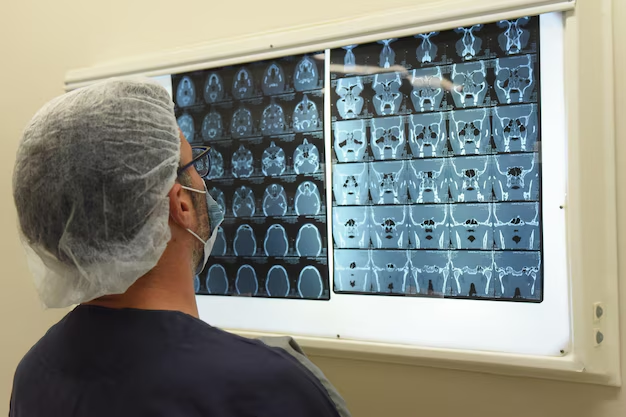
An otolaryngologist refers a patient for an MRI of the sinuses in the following cases:
- Frequent pain of unknown origin in the forehead, cheekbones or head
- Change in voice (nasal, hoarse, etc.)
- Decreased visual acuity
- Hemorrhages in the sinuses
- Decreased or complete loss of smell
- Uncharacteristic discharge from the sinuses (pus, blood, mucus)
- Nosebleeds
- Chronic rhinitis, including allergic rhinitis
- Congestion or a feeling of a foreign object in the nose
- Suspected neoplasms, cysts, fungal sinusitis
- Anomalies in the structure of the paranasal sinuses
MRI is performed for sinusitis and as part of a comprehensive diagnosis to monitor the treatment of tonsillitis, chronic rhinitis, sinusitis or after surgery on the respiratory organs.
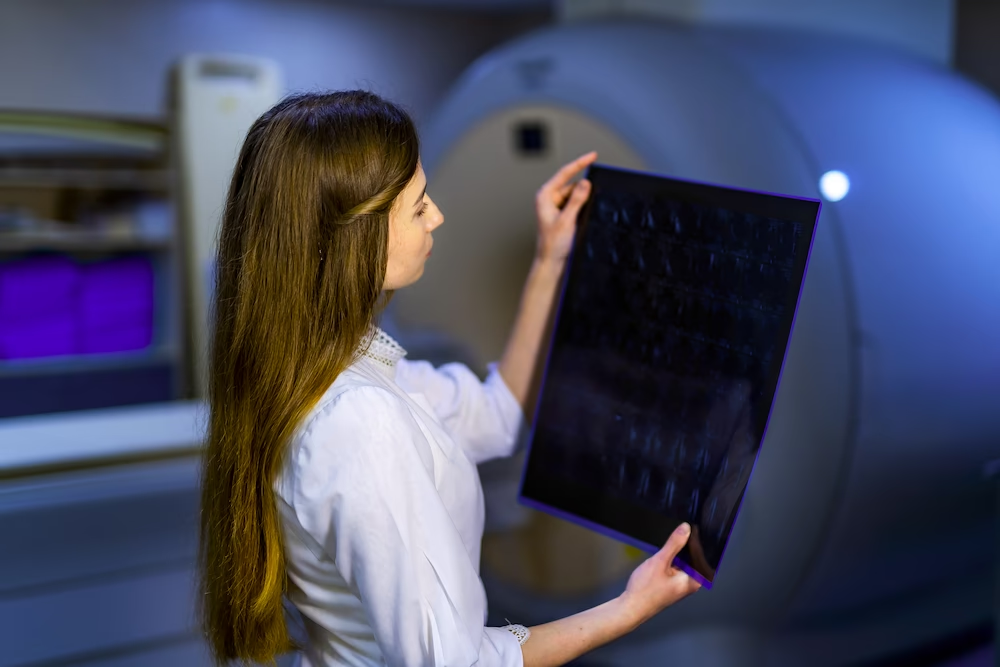
The diagnostics are absolutely safe, but in some cases it is not recommended. The restrictions include:
- The presence of metal transplants in the patient's body
- Implanted pacemaker
Magnetic resonance imaging with contrast is not performed in the following cases:
- Pregnancy and lactation
- Hypersensitivity to the drugs used or allergies
- Renal failure
Patients with claustrophobia are advised to warn the doctor and medical staff about the presence of a painful fear. In this case, medical workers will take care of additional comfort for the patient and personal recommendations for him on how to act in the event of a panic attack.

This award is given to clinics with the highest ratings according to user ratings, a large number of requests from this site, and in the absence of critical violations.

This award is given to clinics with the highest ratings according to user ratings. It means that the place is known, loved, and definitely worth visiting.

The ProDoctors portal collected 500 thousand reviews, compiled a rating of doctors based on them and awarded the best. We are proud that our doctors are among those awarded.
Make an appointment at a convenient time on the nearest date
Price
Other services


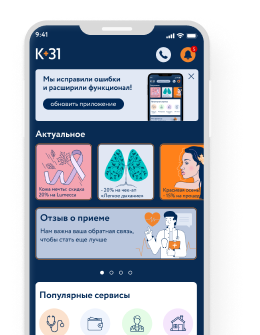




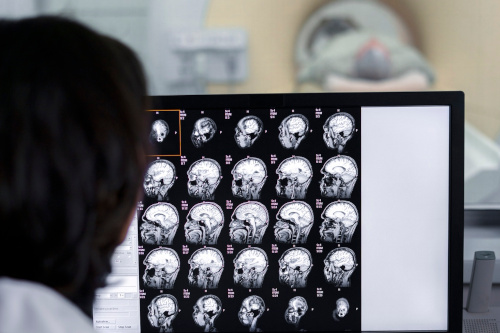





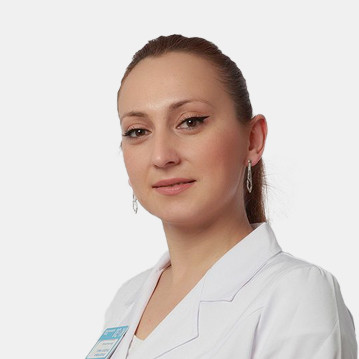



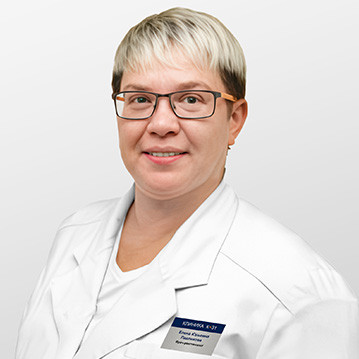
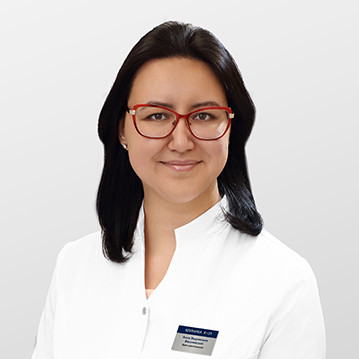
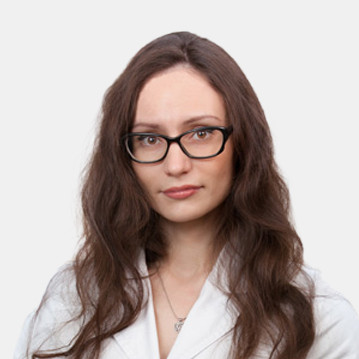



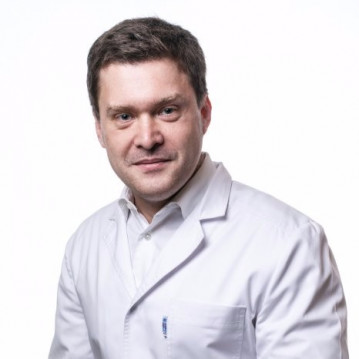
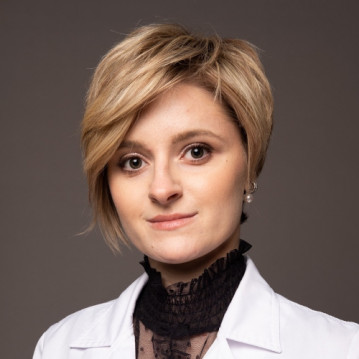



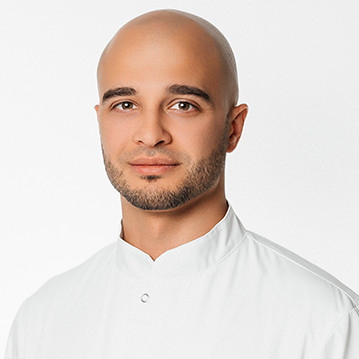












What does an MRI of the nose, nasopharynx and paranasal sinuses show?
The technique allows diagnosing:
MRI with contrast is used to diagnose tumors. Using this technique, it is possible to assess the nature of the neoplasm (benign or malignant), as well as to determine as accurately as possible the location of painful formations, their number and size.